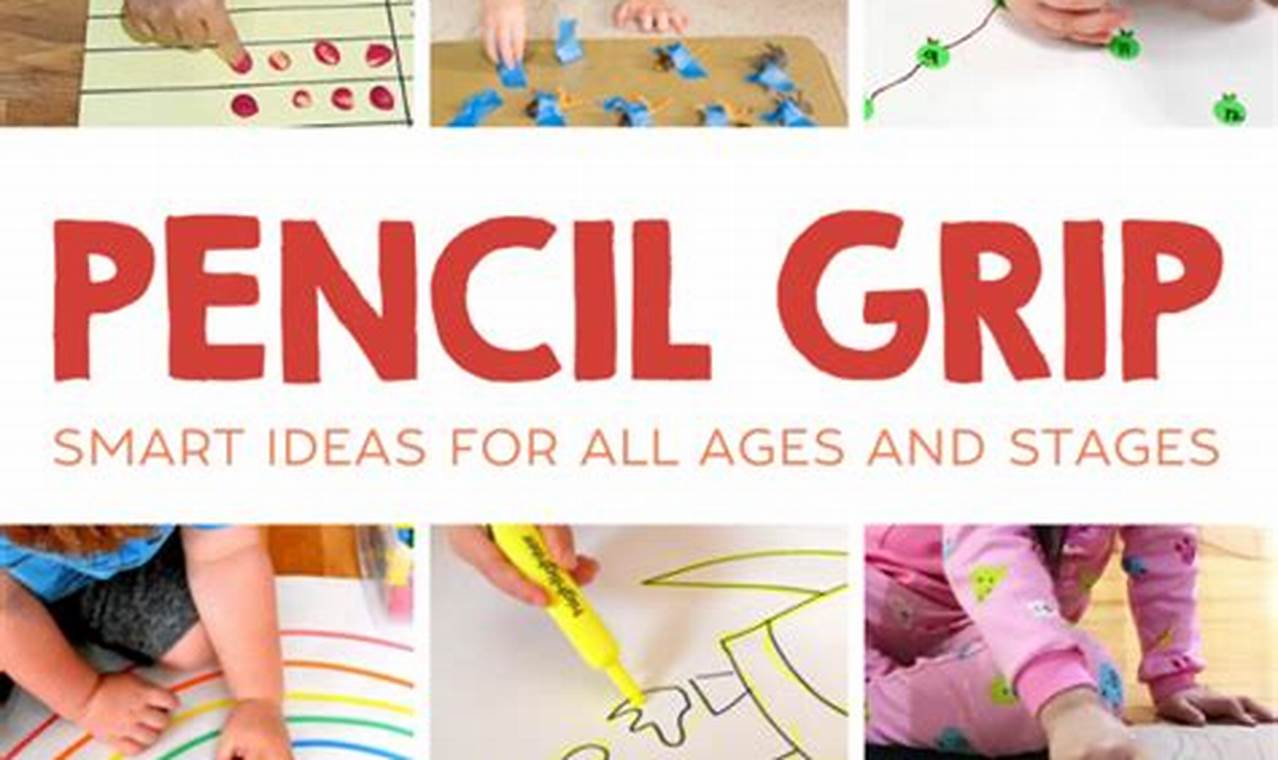Developing a comfortable and efficient pencil grip is a foundational skill that significantly impacts a child’s handwriting legibility and overall academic confidence. Mastering this skill early on ensures that children can focus on expressing their ideas on paper without struggling with hand fatigue or poorly formed letters. Worksheets designed to improve pencil grip play a vital role in strengthening the necessary fine motor skills and hand-eye coordination.
The “tracing pathways for pencil grip improvement” worksheet offers numerous benefits. It enhances fine motor control, crucial for forming letters and numbers accurately. Furthermore, engaging with the tracing activities improves hand-eye coordination, a fundamental skill applicable across various learning domains. Repeated practice with the worksheet also builds muscle memory, leading to a more natural and comfortable pencil grip over time, reducing frustration and improving writing stamina.
This particular worksheet contains a series of carefully designed pathways that encourage specific hand movements beneficial for developing a correct pencil grip. The pathways progress in complexity, starting with simple, straight lines and gradually introducing curves, loops, and angles. Bold, clear lines are used to guide the child’s pencil, and ample space is provided for repeated tracing. The design is visually appealing and child-friendly, incorporating playful elements to maintain interest and motivation.
To use the worksheet effectively, begin by ensuring the child is seated comfortably at a table with proper posture. Provide a thick pencil or a pencil grip to aid in maintaining the correct hand position. Encourage the child to start each pathway slowly and deliberately, focusing on staying within the lines. Offer gentle guidance and encouragement, breaking the task into smaller segments if needed. Celebrate small successes to build confidence and maintain engagement. Remind the child to take breaks when fatigue sets in.
For additional practice and skill reinforcement, explore other related resources available on Kidtraces.com, such as shape tracing and letter formation worksheets. Supplement the worksheet activities with real-world tasks that promote fine motor development, such as playing with building blocks, using playdough, or engaging in coloring activities. Reading aloud and encouraging the child to copy simple words or sentences further supports handwriting development. Consider using online educational games to make learning fun and interactive.
The “tracing pathways for pencil grip improvement” worksheet is a valuable tool for supporting a child’s handwriting development and overall fine motor skills. By providing structured practice and a supportive learning environment, this worksheet can help children develop a comfortable and efficient pencil grip, setting them up for success in writing and beyond. Download the worksheet from Kidtraces.com today and explore the many other free resources available to foster continuous learning and skill development.
